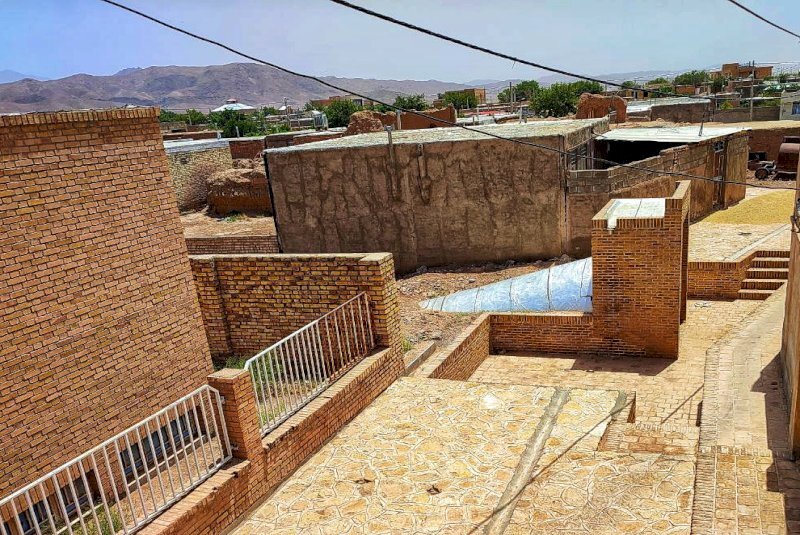Mudbrick domed reservoir undergoes restoration

TEHRAN – The historical Safi-Abad Ab-Anbar (cistern) in the northeastern city of Esfarayen, North Khorasan province has undergone some rehabilitation works, Esfarayen’s tourism chief has said.
A budget of 1.2 billion rials ($4,000) has been allocated to the project, CHTN quoted Abdollah Sohrabi as saying on Friday.
Lightening the domed rooftop and flooring are parts of the project, the official added.
Dating back to the Afsharid era (1736-1796), the mudbrick cistern has been inscribed on the national heritage list.
The term Ab-Anbar is common throughout Iran as a designation for roofed underground water cisterns. It associates with water management systems in arid areas that are reliant on permanent springs or on seasonal rainwater.
Such underground reservoirs or Ab-Anbars are parts of the iconic qanat systems, which rely on snow-fed streams flowing down from surrounding mountains.
Qanats, according to UNESCO, provide exceptional testimony to cultural traditions and civilizations in desert areas with an arid climate.
Experts believe though the northeastern province may not be the first choice of travelers, its tourism industry is getting momentum.
According to Lonely Planet, most foreign tourists pass straight through North Khorasan in transit between Mashhad and Gorgan, but if you have time to explore, it’s worth diverting south from the capital, Bojnurd, towards Esfarayen, famed for its wrestling tournaments, the remarkable citadel of Belqays and the partly preserved stepped village of Roein some 20km north.
ABU/AFM
Leave a Comment